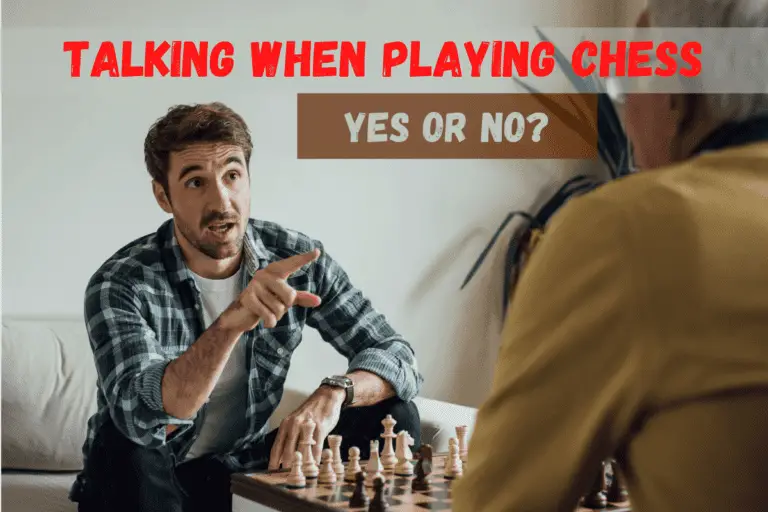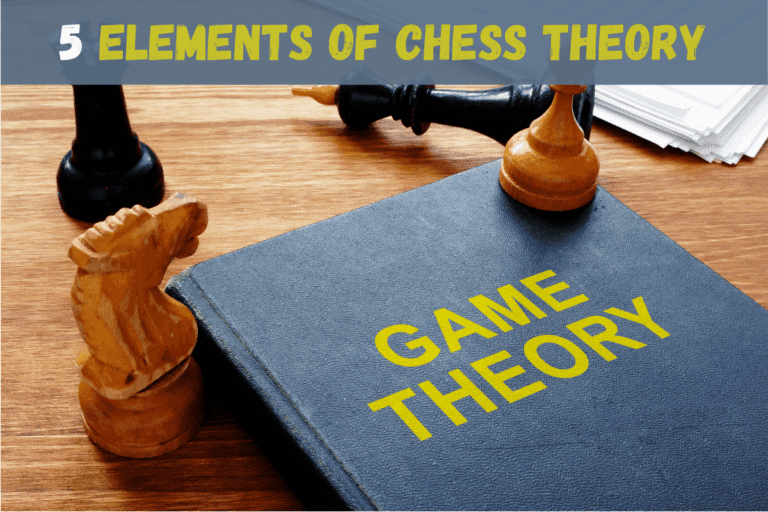The Horse’s Moves in Chess: The Special Piece
⭐⭐⭐ Take 5 minutes to read and improve your chess game ➡️ : This article was first published on, and is Copyright of Chessquestions.com
The horse in chess is normally known as a ‘Knight’ however, there is nothing wrong in using the term horse moves to describe the only piece on a chess board that can jump over other pieces without capturing them when it moves. The horse is a versatile and powerful piece in some situations although is stronger in the center of the board than at the edges.
The starting position of the horse in a chess game is on the back rank between the bishop and the rook
Let’s learn all there is to know about horse moves in the rules of chess.
How Does The Horse Move
The horse has a unique range of movement given that it moves neither vertically nor horizontally but rather in an ‘L’ shape on the board. It is not a chess piece that can move in a diagonal direction.
The horse movement in chess is one or two squares vertically or horizontally before making a perpendicular move of one or two squares to complete an ‘L’ shape completing a 3 square move in total in any direction. Centrally the horse can move to up to 8 different squares on the board.

An easy way to remember horse moves is that if it starts on a dark square it will always finish its move on a white square, not a black square. The destination color of the square will always be different from that which it departs.
Value
In terms of the standard points value of chess pieces, a Knight is worth 3 points, the same as is attributed to a bishop. It has no tangible meaning in terms of the game of chess o any effect on the outcome of a game but is a handy reference point when considering the exchange and trade of pieces during the opening or middle game.
What Can The Horse Capture
The horse can capture any piece in chess with the exception of the King (No piece can capture the king) but it can attack the king and place it in a check position.
The great thing about the horse placing the enemy king in check is that it can not be blocked. Your opponent has only two choices, and that is to move the king or to capture the horse.
If you have managed to find an undefended square on which to check the King, your opponent will have no option but to move the King out of the way – The superb situation here is if you can attack another enemy piece at the same time as checking the king, you are creating a fork and can win material and gain an advantage.
This is called a fork
Use the Horse to Fork
As mentioned earlier in regard to forking the king for check and the enemy rook, the horse is the best piece on the board to achieve fork chess moves.
Attacking two pieces at once is a key element in creating material gain against your opponent, and especially if you can achieve the holy grail of forking moves by grabbing a Royal Fork – That is attacking the King and Queen at the same time, ensuring the capture of your opponents most powerful piece even if at the cost of one of your knights.
Let’s never give pieces away in a game of chess, but trading a knight for the enemy queen is often a game-winner.
Don’t Get the Horse Stuck
Be careful when progressing too far up the board with your horse. It can be very tempting to achieve a fork on the opponent’s back with a check on the king and gain of their rook in the corner. Often, however, this leads to the rook then being caught in the corner with no way of escape without loss.
Whilst this would seem to be a reasonable trade of a 3 points knight for a 5 point rook if you can defend o attack further without losing tempo to regain space for your knight it is worth considering before you go bulldozing into enemy territory.
Try to Keep your Horse Central
The wonderful thing about having a knight in the early part of a game and positioned centrally on the board is that they can control up to a maximum of 8 squares in all directions. This is the true strength of the horse.
By playing the knight out onto the flanks and in particular to the a or h file, you have taken away half of the control it has on the board and limited the next move to just four squares. This is another way of getting your horse caught and taken out of your game and attack. Try not to minimize the number of horse moves you have at your disposal.
A horse that can not move might as well not be on the board and can to an extent be considered a lost piece.
Horses in Closed Games
Closed position games can be tricky to figure out the next best move. The beauty of the horse in chess is that they are masters of opening up the closed game with their superior and special move abilities.
Always remain mindful of the threat should you move, if the hose is pinned or losing a more valuable piece by utilizing the knight in a tight closed central board.
Often the way a closed game will open up is from a move from the horse of either side following the trade beginning with pawns or other pieces.
Outposts
An outpost in chess is a strategically attacking square defended by pawns and often occupied by the horse. The advanced squares form an integral part of your attack with your enemy knowing if they want to infiltrate the area it will be heavily defended.
The knights can be placed in outposts not only to increase pressure on opponents’ pieces and more squares but also in setting up your trades with the guarantee of emerging with material gain and an advantage heading toward the end game.
If you can find a defended unoccupied square in an advanced position, try to get your horse into that outpost, it will be a strategically sound move.
Conclusion and Summary
Whether you call the piece a horse or by the more commonly used ‘Knight’, knowing how to utilize them in accordance with chess rules and your chess strategy, understanding their value at various points in the game and how to use the special moveability on the chessboard to best effect can be an important part in your chess armory. Horse moves are your friend.
They are expendable but can also be integral to your endgame, although be aware that a pair of horses alone can not checkmate an enemy king.






